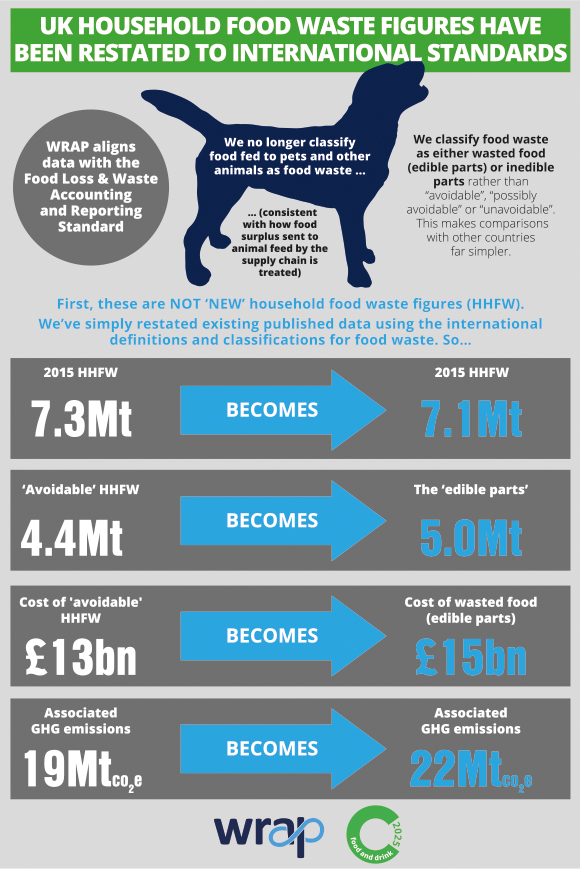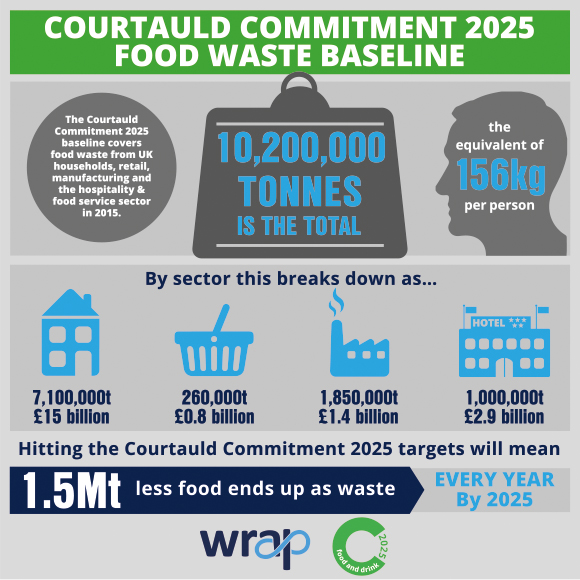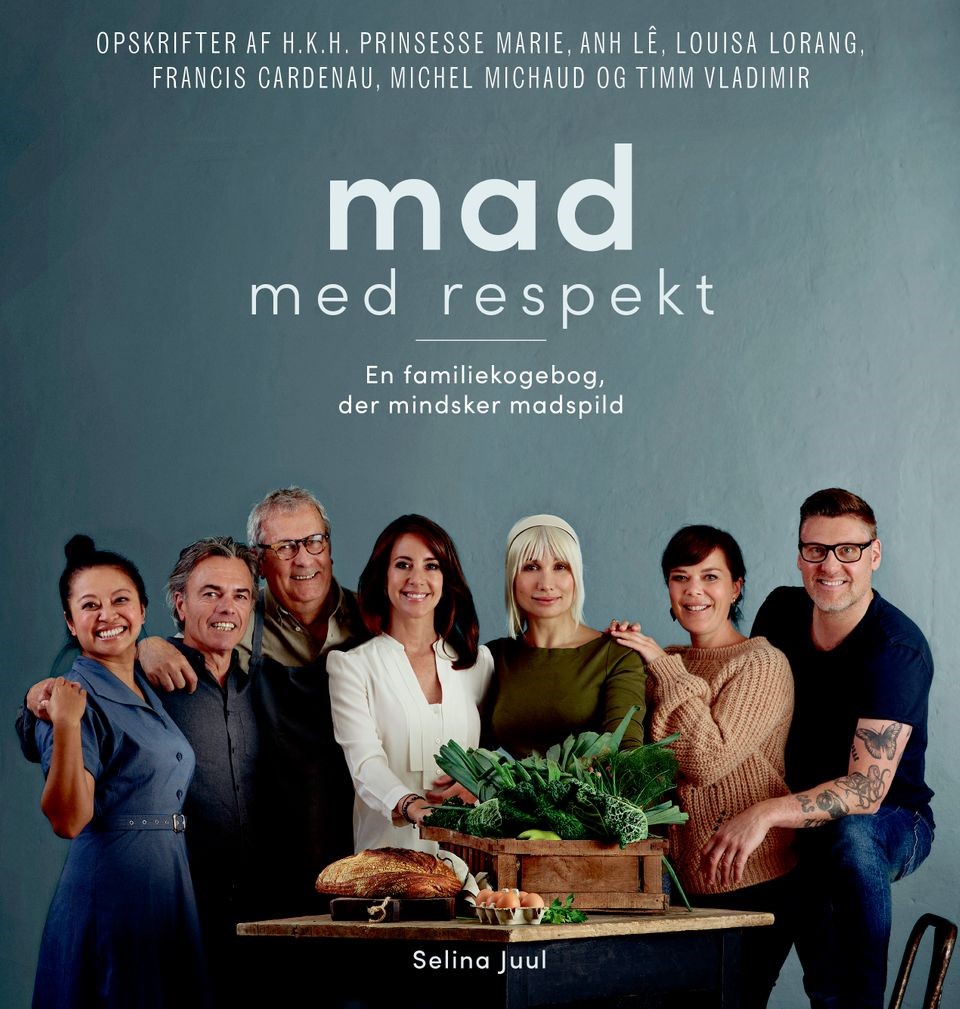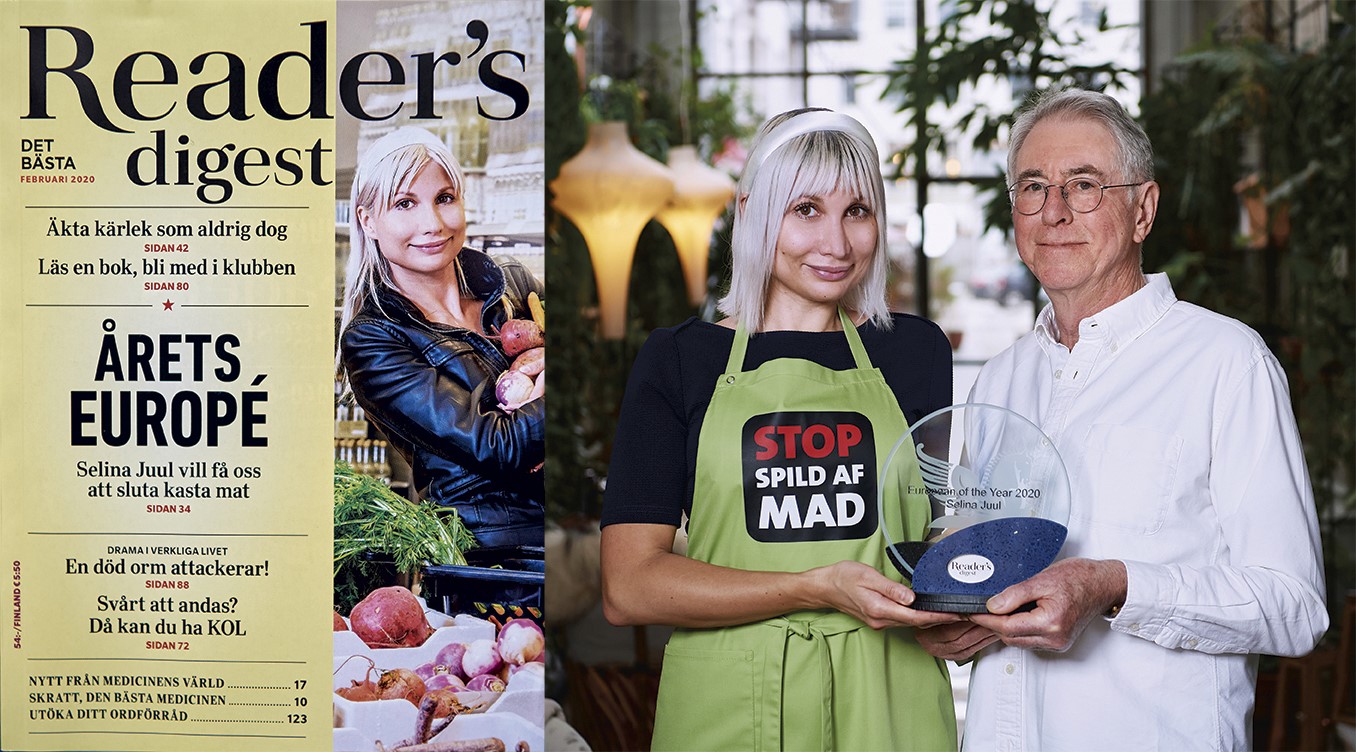WRAP restates UK food waste figures to support united global action
Uploaded by: Emily Gardiner
Uploaded on: 29th May 2018
- Share
Overview
WRAP has restated the way UK household food waste is defined and described, to conform to the Food Loss and Waste Standard (FLWS). This coincides with the publication of the Courtauld Commitment 2025 baseline for the year 2015.
Key points
- Total estimate for UK post-farm gate food waste (2015) remains 10.2 Million tonnes.
- The baseline covers household food waste and data for the supply chain: retail, manufacture and the hospitality & food service sector.
- Total household food waste is now reported as 7.1 million tonnes.
Restating the Household Food Waste figures
We have restated the Household Food Waste figures (HHFW) to ensure we conform to how food waste is defined and described under the FLWS, the international standard that WRAP helped develop with partners including World Resources Institute, The United Nations Environment Programme (UN Environment), the UN Food and Agriculture Organisation, the Consumer Goods Forum and the World Business Council for Sustainable Development.
The standard aims for greater international consistency in measurement, reporting and action on food waste.
What does this mean? WRAP has restated 2015 data for household food waste, and for key historical years, using the international definitions and classifications for food waste. We no longer classify food waste under three categories of ‘avoidable’, ‘possibly avoidable’ or ‘unavoidable’ food waste, but simply as either wasted food (edible parts), or the associated inedible parts.
Total HHFW is now reported as 7.1 million tonnes rather than 7.3 million tonnes. This is entirely due to food purchased for human consumption, but ultimately fed to animals (200,000 tonnes), no longer being classified as ‘food waste’.
The impact of this change to the figures is shown below in the infographic.
Courtauld Commitment 2025 baseline
The C2025 baseline (against which progress to reduce UK food waste will be measured) is the first time the UK has had a complete and comparable estimate for total food waste, post farm gate, for the same year. It totals 10.2 million tonnes.
The C2025 baseline covers household food waste as well as data for the supply chain: retail, manufacture and the hospitality & food service sector.
The C2025 food waste prevention target is to reduce food & drink waste arising in the UK by 20% by 2025 compared to 2015, calculated as a relative reduction per head of population. Achieving the target would reduce per capita food waste from 156kg per person to 125 kg per person, resulting in 1.5 million tonnes a year less food waste arising in 2025 compared to 2015.
The restated HHFW figures combined with the food waste across the supply chain is broken down below in the infographic for the C2025 baseline.
Start sharing your knowledge!
Upload your own resource and share your ideas with the rest of the community.
Sign In | Share






0 Comments